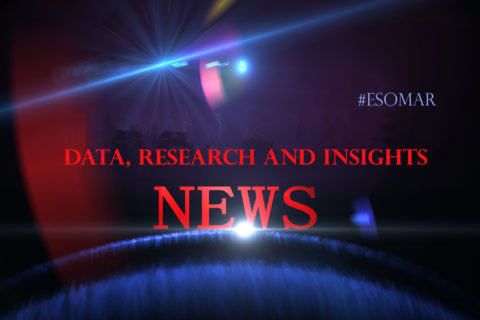By Lucy Davison
Last week, I experienced my first Quirk’s event and I scoped out the differences compared to other market research conferences I’ve attended. There were 750 people billed as attending. However, the event felt quite relaxed and a bit quieter and more ‘low key’ than other market research events I have been too. Perhaps it was the laid back, Californian vibe? The exhibition area was not big, but everyone was very friendly, and even when they found I was not a potential target, they were still happy to chat.
Unlike other conferences I have been to, there was no big keynote kick off or fanfare. But there was a lot of content – four rooms with sessions in each. I was not able to identify a discernible ‘theme’ although the content was billed as ‘practical knowledge’ and this seemed to apply. In terms of the event content, overall, I felt that there was a good level of commercial applicability and professionalism. I feel that researchers in the US have a more entrepreneurial and commercial bent, and less of the ‘institutional/academic’ view you get in Europe.
Behavioural economics was on the agenda. Protobrand shared the value of visual metaphors – pointing out that in research we are very stuck in System 2 and ignore the non-verbal side of communication at our peril. Similarly, Reality Check shared their human insights approach to advertising analysis, exploring the ad that exists in the hearts and minds of the audience, rather than the ad that is on the storyboard or screen. They don’t ask consumers what they think of an ad, rather what the ad makes them think about. This is arguably much more insightful. On Behavioural Economics generally, in spite of such great academics being in the US, I do feel that Europe is ahead in terms of adopting the thinking in mainstream consumer research. However, it seems the US is racing up on the outside.
Qualitative research has always in my mind been less valued by US clients. It still seems that just doing any qual at all is a novelty for some projects. However, there was still stuff to learn – a great session by the QRCA and The Idea Bungalow showcased a dynamic qualitative project, involving thinking well outside the standard focus group, by getting millennial participants really engaged with food in a restaurant environment. Fun and insightful, this sort of flexible approach is great for idea generation and engagement. Furthermore, in my opinion it does not only apply to millennials. Other core themes were like other research conferences I have been to: big data, data integration and visualisation.
According to Quirk’s, 50% of their speakers were client side. The clients speaking or on panels and in evidence were Hyundai, JP Morgan, IKEA, Cargill, Microsoft, Blizzard Entertainments, and Google, among others. Plus the audiences for client presentations were really big – some of the agencies and supplier presentations did not pull the crowds as well. Overall the event did have a higher proportion of clients than others I have been to.
Overall, I enjoyed hearing from clients. In ‘But I can’t draw! Help respondents bear their soul’, IKEA North America shared novel ways to uncover insights across target audience. Even better, they showed how to take those insights forward to inspire strategy and marketing initiatives. JPMorgan shared a compelling case study on getting internal engagement from extremely tough, busy and disinterested stakeholders. Similarly, Blizzard Entertainment shared their learnings on how to be influential in a large organisation with a small research team. Both these were textbook examples of practical advice for corporate researchers. As is so often the case at these events, I thought the client panel session (chaired by Kathryn Korostoff of Research Rockstar) was a highlight. In this case the Head of Insights for Cargill and Blizzard Entertainments shared their views on the researcher of the future.
Despite the ‘Q-mandments’ which stated clearly not to sell and to ‘be interesting’, some suppliers still see stage time as an opportunity to pitch. Now, in my book, that’s a waste of your dollars. Even if you have paid, you do not give a product demo. Instead you share knowledge and provide content that is engaging to your audience in the hope to establish long term relationships. If you are going to give a demo, your talk should be billed as such. This is what Survey Monkey did and their session went down well – they got 150 completes on a survey within the 20-minute presentation slot.
Finally, the more conferences I go to, the more I expect the content ‘to rock my boat’. Some lessons from Quirks are clear to help conferences achieve this: find ways to get more clients attending, ensure speakers tell, not sell, offer practical advice and think about what will be valuable in shaping how attendees approach insights in the future.
By Lucy Davison, Keen As Mustard


